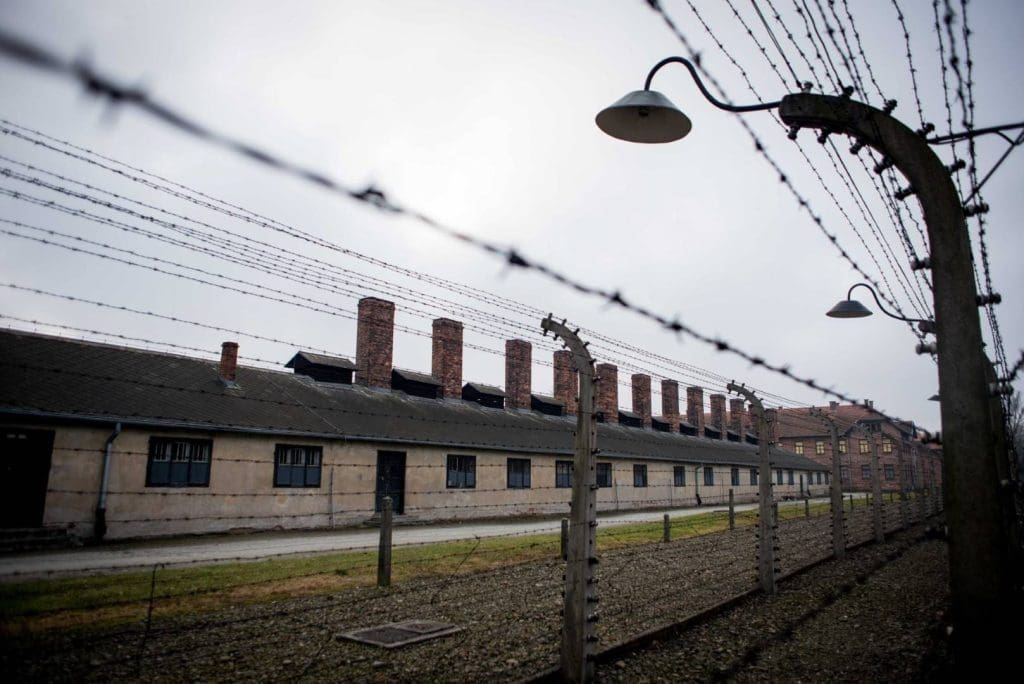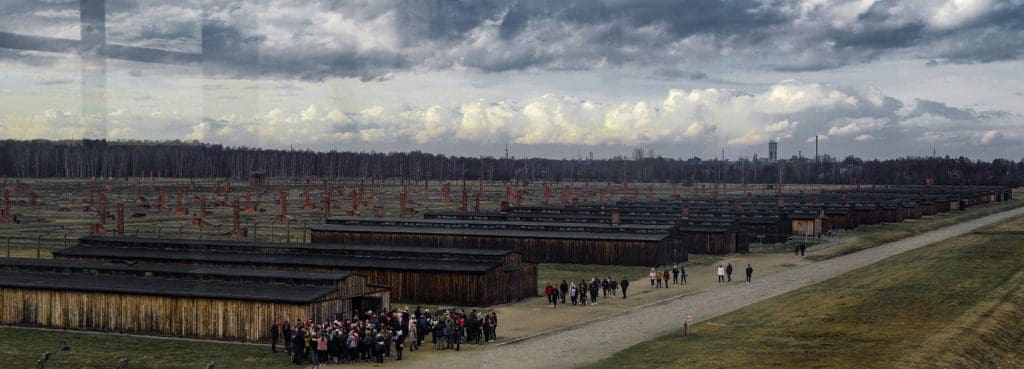In the dark days of World War II, Auschwitz became synonymous with the horrors of the Holocaust. This concentration camp has become a symbol of the brutality and terror of the Nazi regime. It is a place that is steeped in history and tragedy. For many, a trip to Auschwitz is a deeply personal journey as it brings to life the suffering of those who were persecuted during the Holocaust. I recently had the unique opportunity to take a guided tour of Auschwitz. I had heard stories about the camp, and I was eager to see for myself what had happened there.
A brief history of Auschwitz
Auschwitz was a network of Nazi concentration and extermination camps built and operated by Nazi Germany during World War II. It was located in occupied Poland and was established in 1940. Initially, it was designed to hold Polish political prisoners, but it eventually became the largest of the Nazi concentration camp network and was used to imprison Jews, Poles, Roma, and Soviets.
In 1942, the Nazis began using Auschwitz as an extermination camp, where they systematically killed millions of undesirables. It also served as a place of medical experimentation, forced labor, and torture. By 1945, an estimated 1.1 million prisoners had died at Auschwitz and its sub-camps. After the war, the camp was converted into a memorial site, and it remains one of the most powerful symbols of the Holocaust.
How to prepare for a tour?
I started my Auschwitz tour with KrakowDirect the very second day after arriving in Poland. It turns out that choosing a reliable transportation company makes moving between different places in the country, especially on the route Krakow- Auschwitz Museum, hassle-free.
Before your visit to Auschwitz, it is a good idea to research the history of the camp and the Holocaust in general. This will help you to understand what happened during the Holocaust and to gain an understanding of the significance of your visit. Moreover, prepare yourself emotionally: Visiting Auschwitz can be a very moving experience. It is important to prepare yourself for the visit and to allow yourself to feel any emotions that arise during your visit.
It is important to dress respectfully when visiting Auschwitz, both out of respect for the victims of the Holocaust and to show respect for the site itself. Pay attention to the weather and temperatures in Poland. Don’t take large backpacks with you, with all your supplies of relatively useless stuff. A small bag with food and documents will do just fine. Bring a bottle of water and remember about proper hydration, especially in the summer. In autumn, on the other hand, it is a good idea to provide yourself with a rain cape and umbrella.
Last but not least – be aware of your surroundings: As Auschwitz is a very sensitive place, it is important to be aware of your surroundings and to be respectful of the people and the environment.
In the footsteps of the victims of Nazi terror – visiting the “death factory”

The tour began with a drive through the countryside, passing small villages and rolling hills. The beauty of the landscape was almost surreal, making it hard to believe that such a place of darkness had existed in the same area. Upon arriving at the camp, I had a sense of dread. The barbed wire fences, guard towers, and prisoners’ barracks all seemed to be a reminder of the horrors that had occurred here. I was immediately assigned to a specific guide.
It is worth mentioning that we have the opportunity to tour in more than a dozen languages from around the world. The camp staff is fluent in English, Italian, French, Spanish, Norwegian and even Japanese or Korean. Our guide told us the stories of those who had been there. I was struck by his confidence and strength as he recounted their experiences. The tour of the camp was intense and emotional.
We visited the gas chambers and saw the crematoriums, which were used to dispose of the bodies of those who had been killed. We also visited the barracks, which were filled with rows of tiny beds and personal belongings. It was heartbreaking to see the effects of the cruelty that had been inflicted on the prisoners.

I traveled to the second part of the camp by bus. The whole group met at the appointed time in front of the gate of Birkenau. I was shocked by the huge area that the complex occupied. It turns out that the extermination center covered 140 ha. After the tour, we had the chance to visit the Auschwitz Memorial, which is a museum dedicated to the victims of the Holocaust. Here, we were able to learn even more about the atrocities that occurred here. We also saw pictures of the victims and heard recorded stories from survivors who had been in the camp.
A journey through history
The experience of visiting Auschwitz was a powerful one. It was difficult to comprehend the magnitude of the suffering that had occurred here. Seeing the camp and the memorial was a reminder of the darkness of the past, but it also showed me the strength of those who had survived and the hope for a brighter future. The tour was a journey from darkness to light. It was a reminder of the tragedy of the Holocaust and a reminder of the need to never forget. It was also a reminder of the resilience and courage of those who endured and survived the camp.
My visit to Auschwitz was both a humbling and life-changing experience. It has made me more aware of the importance of remembering the past and of honoring those who were persecuted during the Holocaust. It has also made me more conscious of the need to stand up against intolerance and racism and to fight for a better future.